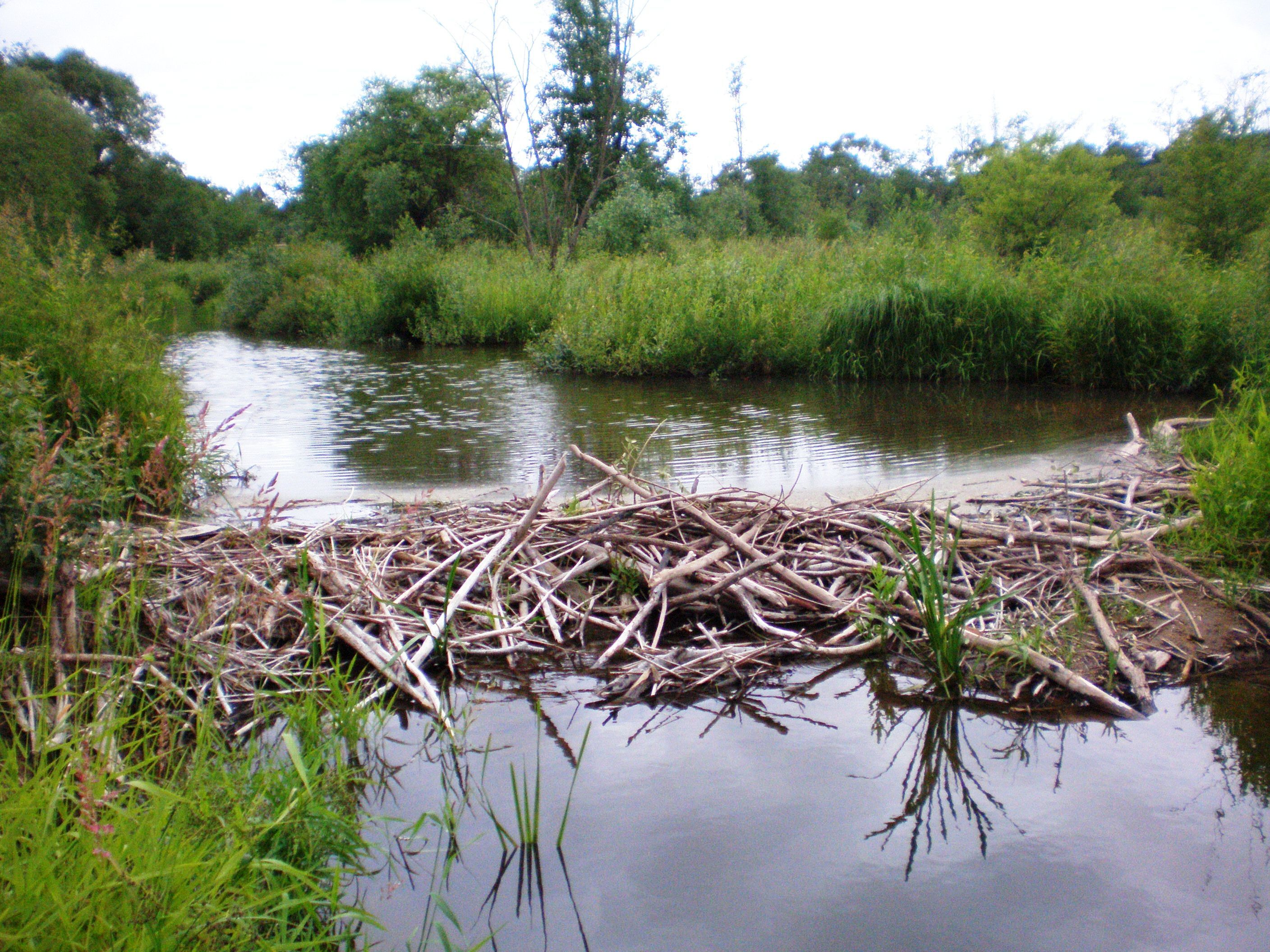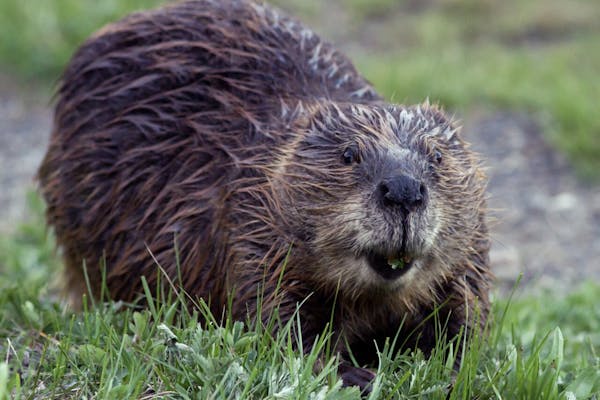The benefits of beavers
- Nature Conservation
- Land Conservation
- Iconic Species
- Wildlife
- Mammals
- Canadian Boreal
- Subarctic America Realm
One Earth’s “Species of the Week” series highlights an iconic species that represents the unique biogeography of each of the 185 bioregions of the Earth.
Notorious for chopping down trees, beavers (Castor canadensis are often seen as synonymous with the dams they build. Using mud and rocks as glue, beavers strategically place branches together to construct a domed lodge over a stream or river.
Beavers enter these dens using an underwater passageway, ensuring protection from the outside world and creating an otherwise dry and cozy home for cuddling, mating, and raising their young.
These dams are vital to the lives of beavers and drastically impact the surrounding ecosystem, making beavers a keystone species of their environment.

The American beaver (Castor canadensis) is the iconic species of the Mid-Canada Boreal Plains & Foothill Forests bioregion (NA8), located in the Canadian Boreal Forests subrealm in the Subarctic America realm.
How beaver dams create biodiversity hotspots
Once a dam is complete, the pace at which the waterway moves is slowed down, and its path is altered. This creates an extensive wetland upstream that houses vast amounts of biodiversity, including a multitude of endangered species.
A variety of birds nest on the riverbanks, fish like rainbow smelt, steelhead, and salmon thrive in the ponds, and mink, muskrats, and otters forage the bogs. Surrounding vegetation also flourishes.
The vegetative growth boost from beaver dams
The riparian zone, or area between the river and land, sees an increase of over 33 percent in the number of herbaceous plants near beaver dams. This feeds the surrounding wildlife, and humans have used these herbs in cooking and medicine for hundreds of years.

A beaver dam on the Smilga River. Image Credit: Hugo.arg, CC by 4.0.
Guardians of water quality and filtration
Downstream, water quality is improved as beaver dams act as a natural filtration system, blocking pollutants from further entering the waterway. The decrease in water pressure allows for sediments and nutrients within the surrounding soil to enter, creating clean, mineral-packed drinking water for the entire region.
Water stored behind the dam also maintains this important supply by recharging deep aquifers. This provides a safeguard to the surrounding area in dry seasons. When beavers and their dams are present, 160 percent more open water is available in times of drought.
"Re-beavering" for ecological restoration
With so many benefits of beavers and their dams, it can be quite jarring to learn that, for generations, beavers have been considered a nuisance for farmers or only good for their pelts. As vividly illustrated in Ben Goldfarb's book, Eager: The Surprising Secret Life of Beavers and Why They Matter, 400 million beavers once roamed throughout North America's waterways.
Today, their population ranges from 10 to 15 million. While nowhere near endangered levels, it still is just a mere fraction of their historic abundance. In Goldfarb's book and interview with Bioneers, the idea of "re-beavering" or rewilding beavers is presented as a transformative conservation strategy that could rejuvenate landscapes, restore natural water storage systems, and boost biodiversity.
This approach not only aims to increase beaver populations but also to foster a greater appreciation of their role as ecosystem engineers. By integrating beavers back into their natural habitats, we can begin to repair the ecological fabric that has been frayed by centuries of exploitation and mismanagement, paving the way for a more resilient and thriving environment.

Young American beaver standing in the grass. Image Credit: By Hemera Technologies from Photo Images via Canva Pro.
One of Earth's best ecosystem engineers
With two species, the North American beaver and the Eurasian beaver, life in most of the Northern Hemisphere is impacted by these semi-aquatic rodents. They are pivotal architects of biodiversity, water quality enhancers, and vital contributors to ecological stability and resilience. Various cultures around the world celebrate the beaver for their skill and ingenuity.
As one of Nature's best engineers, beavers are a great example of how one species can reshape its environment for its own benefit while also improving life for all in its shared ecosystem. In this era of environmental challenges, the beaver's tale demonstrates how coexistence can pave the way for a sustainable and flourishing planet.
Interested in learning more about the bioregions of Northern America? Use One Earth's interactive Navigator to explore bioregions around the world.
Explore Earth's Bioregions.jpg?auto=compress%2Cformat&w=1440)

%20living%20in%20River%20(Traisen).%20Underwater%20shooting%20in%20natural%20habitat.%20hutterstock_1527304208%20(1)%20(1).jpg?auto=compress%2Cformat&h=600&w=600)

